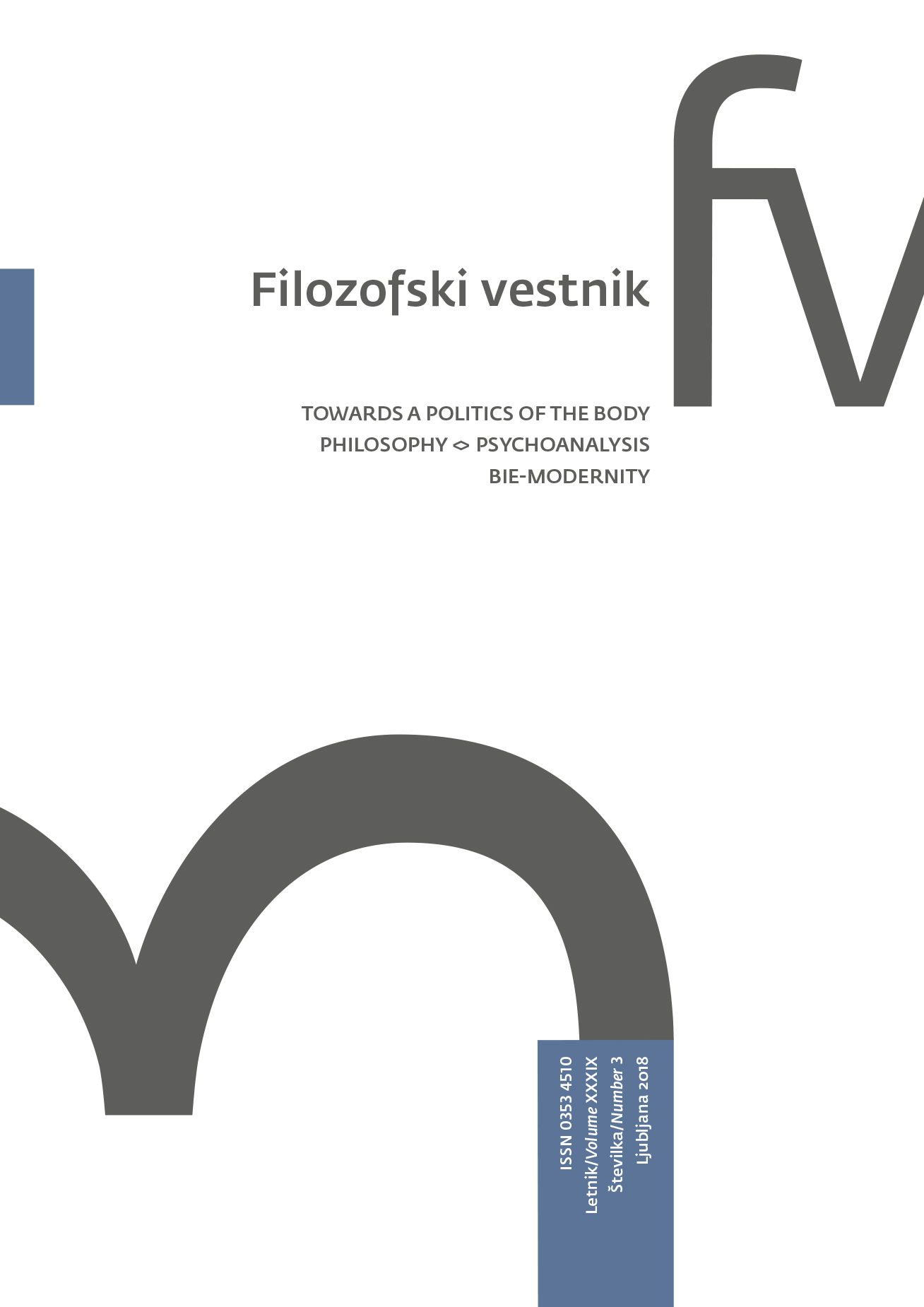Temporalities of Modernity in Jia Zhangke's Still Life
Keywords:
contemporary Chinese cinema, modernity, temporality, realism, fiction, Jia Zhangke, Jacques RancièreAbstract
The essay attempts to unravel the complex intertwinement of different temporalities in Jia Zhangke’s Still Life (2006). Set at the construction site of the Three Gorges Dam, the world’s biggest power station, the film focuses on the large-scale demolition process in the background: due to the dam’s reservoir, a large area has to be flooded, requiring the relocation of more than a million people. Against the background of the intersection of temporal lines of modernisation and nostalgia that still have a goal or starting point which structures their temporality, Jia uses a distinctive blend of realist and fictional elements to portray the uncertain present as a time of displacement, searching, and wandering. The essay proposes a reading of temporal and narrative structures of Jia’s films through Jacques Rancière’s recent writings on the social hierarchies implied by the temporalities of modernity and his understanding of the reversal of these hierarchies in realist literature and film.
Downloads
Downloads
Published
How to Cite
Issue
Section
License
Authors guarantee that the work is their own original creation and does not infringe any statutory or common-law copyright or any proprietary right of any third party. In case of claims by third parties, authors commit their self to defend the interests of the publisher, and shall cover any potential costs.
More in: Submission chapter





